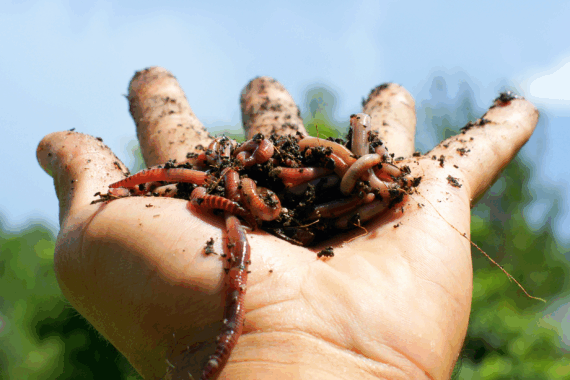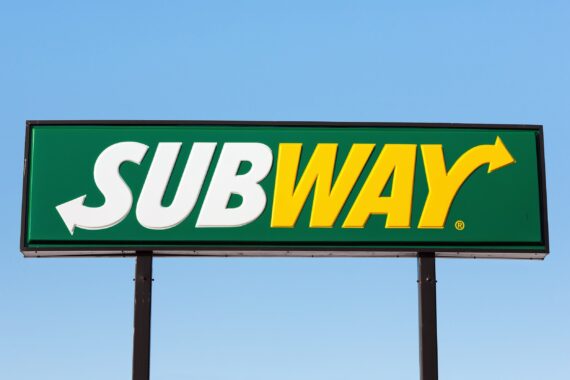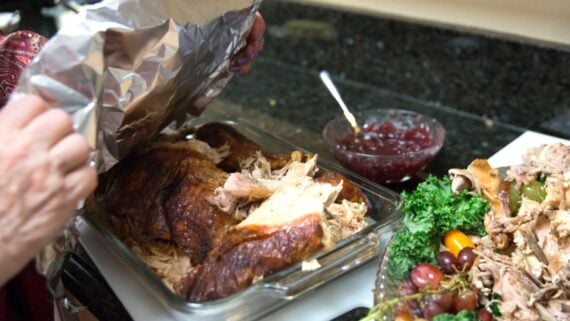Slithering worms. Slimy maggots. Boiled animal guts. Is that a collection of horror movie props or a list of incredibly useful things that can be used to make your life better, healthier, and more delicious? Some of the grossest stuff imaginable is also surprisingly useful. Here are some (arguably) yucky things you may actually appreciate in your life.
Related: 16 Filthy Things Even Clean Freaks Miss
Cockroach Milk
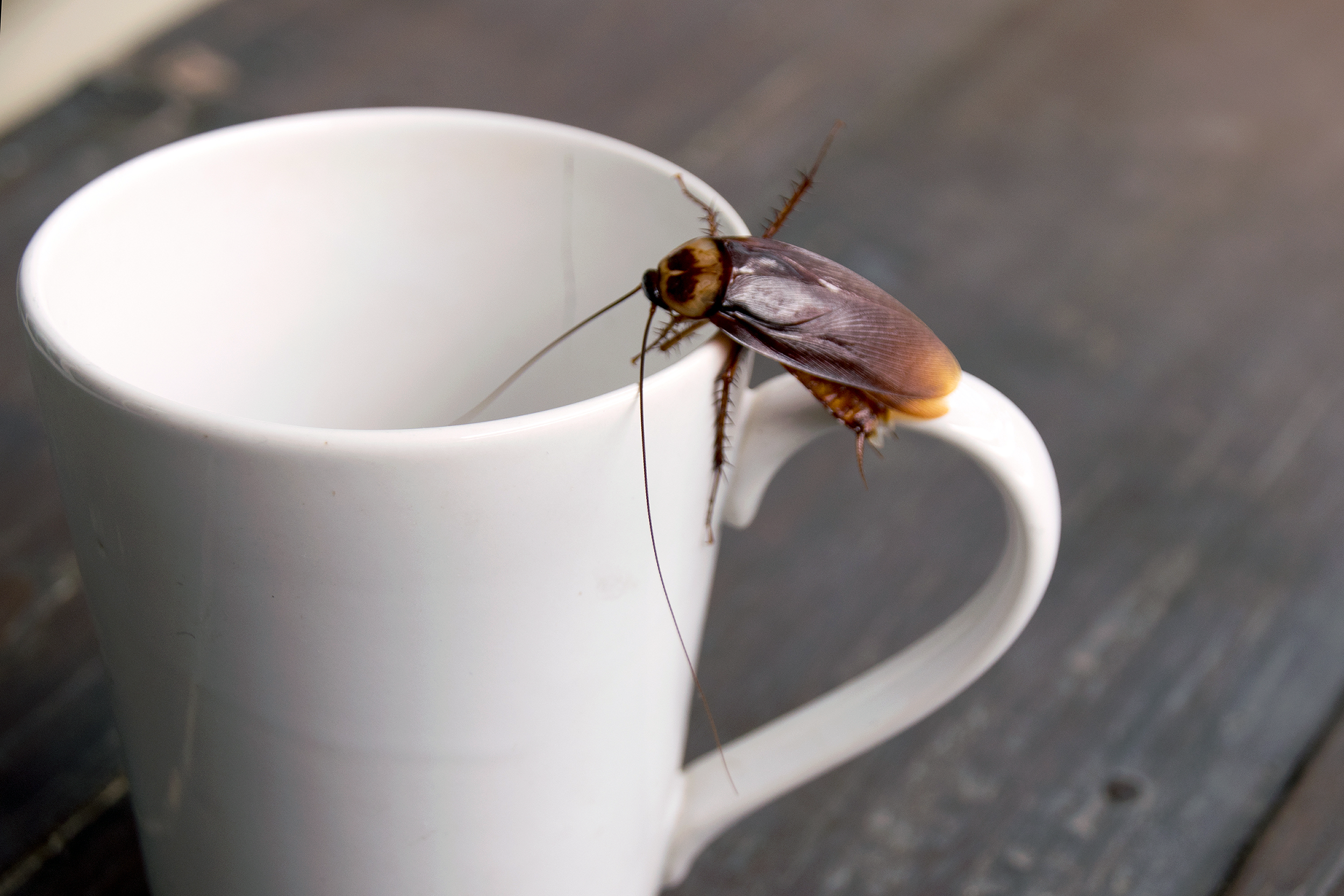
Use: Dairy alternative
If you’re lactose intolerant or simply don’t like milk, consider cockroach milk instead. It’s not milk, actually. It’s a postnatal fluid that cockroaches secrete to feed their roachlings — and it might soon be able to nourish you, too. Roach “milk” is a potential protein powerhouse that contains all the essential amino acids.
Related: 22 Cheap, Natural Ways to Rid Your Home of Pests
Maggots

Use: Wound treatment
Few things in the realm of creepy, crawly, and slimy are grosser than maggots. But science has proven that the insect larvae’s love of gobbling dead, rotting flesh actually makes them useful healers. Before penicillin, maggots were used to treat festering gashes, where they would eat the dead tissue without harming the healthy flesh. It worked so well that in 2004, the FDA approved the use of maggot therapy as a prescription in cases where antibiotic-resistant bacteria is present.
Related: Ridiculous Things People Have Tried to Bring on Planes
Whale Poop
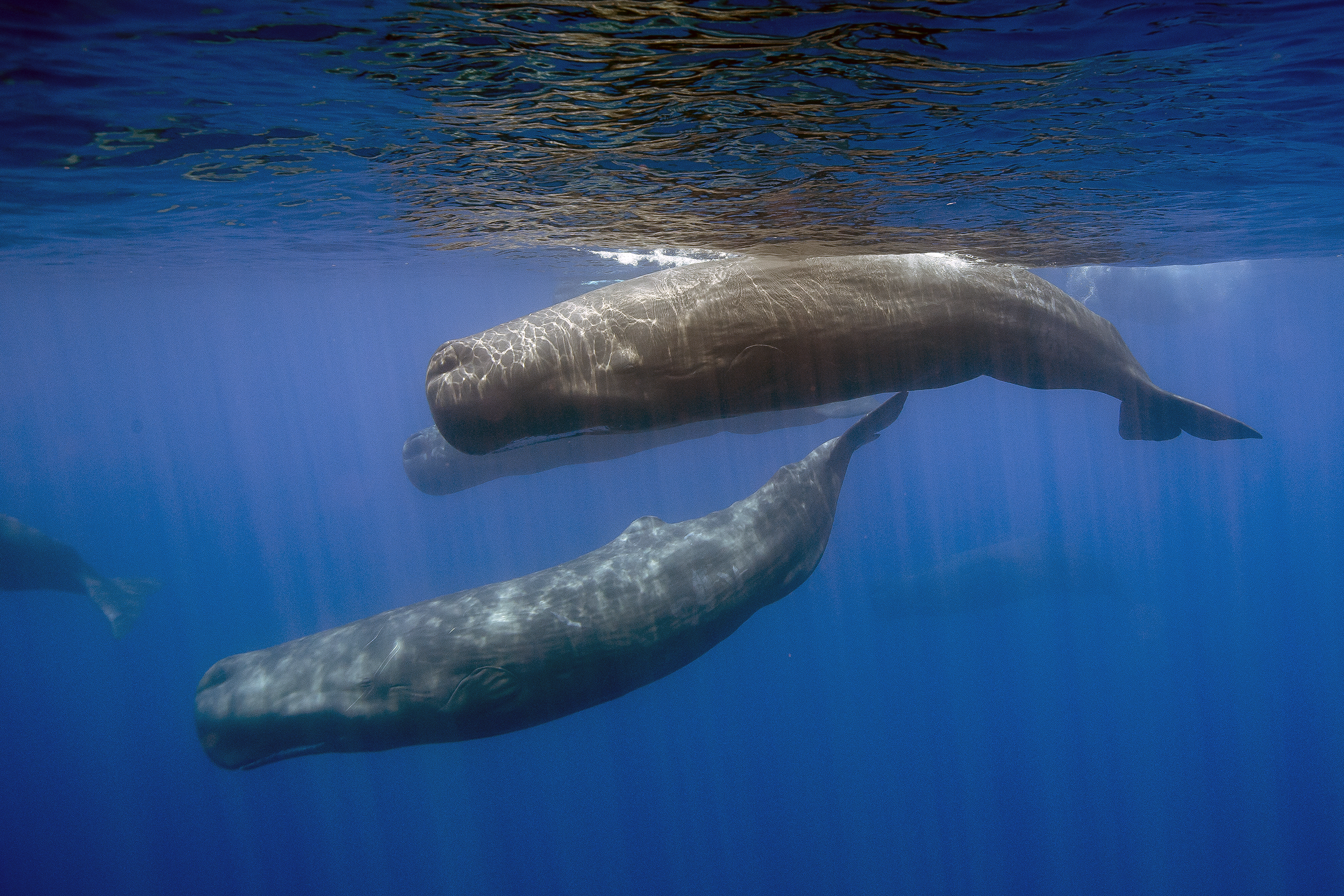
Use: Perfume
If you’re ever strolling on the beach and you stumble across a smelly white rock, grab it. It could be worth tens of thousands of dollars. That’s the asking price for a nice-sized hunk of ambergris, which people mistakenly refer to as “whale vomit.” It’s actually whale poop, and only a tiny percentage of sperm whales produce it, making it incredibly rare and valuable for its ability to make perfume last longer on skin.
Related: Eyeballs and Other Weird Things That Have Washed Ashore
Placenta
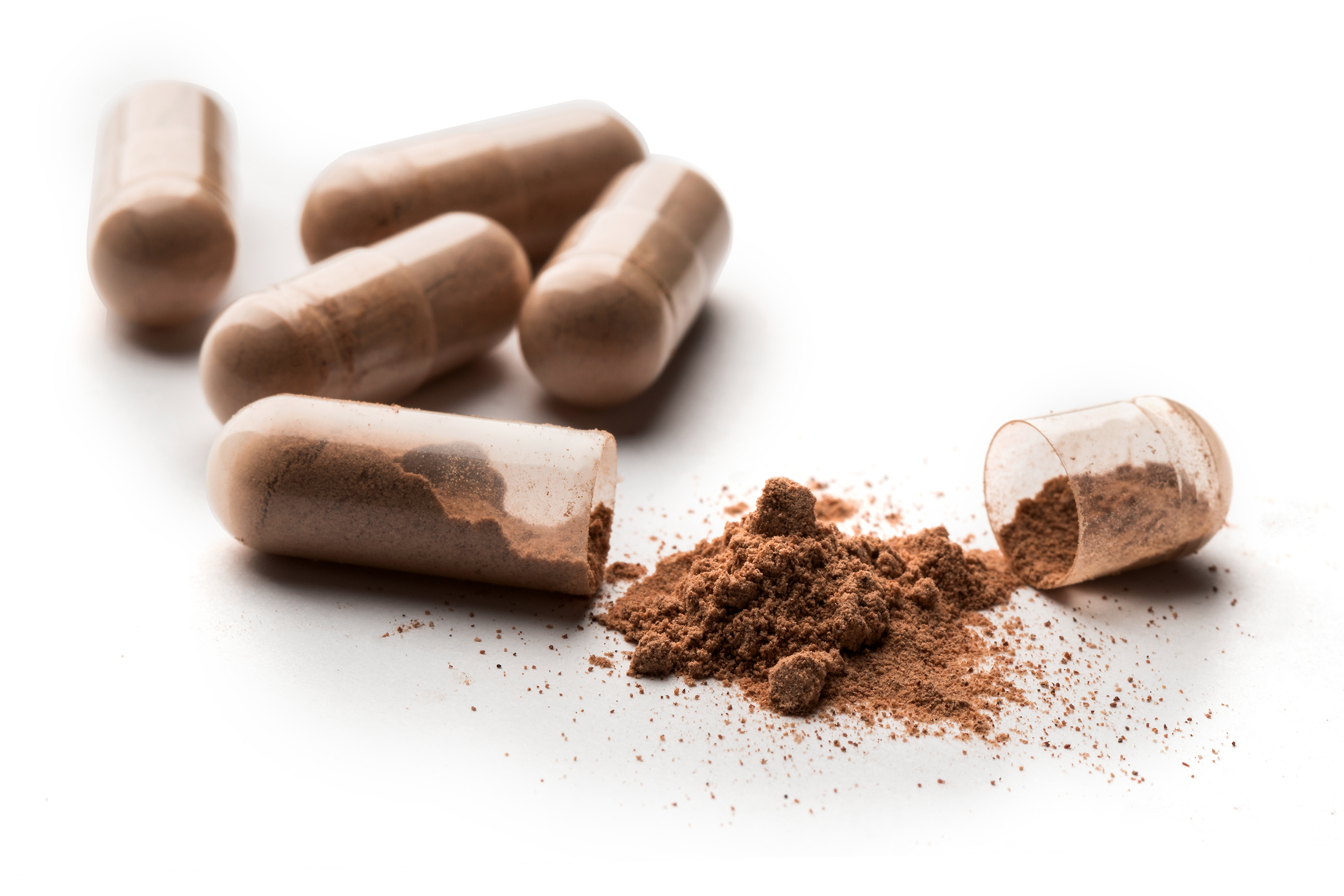
Use: Vitamins and nutrients
What do Kim Kardashian, Alicia Silverstone, and January Jones have in common? They all ate their placentas after giving birth. From placenta chili to dehydrated placenta capsules, the internet is filled with ways for women to ingest the bloody uterine organ that nourishes fetuses through the umbilical cord. It’s also filled with trendy potential health benefits, but experts warn that there are serious risks to moms and babies, including blood clots, viruses, and exposure to concentrated environmental toxins.
Related: 16 of Today’s Most Ridiculous Health Fads
Leeches
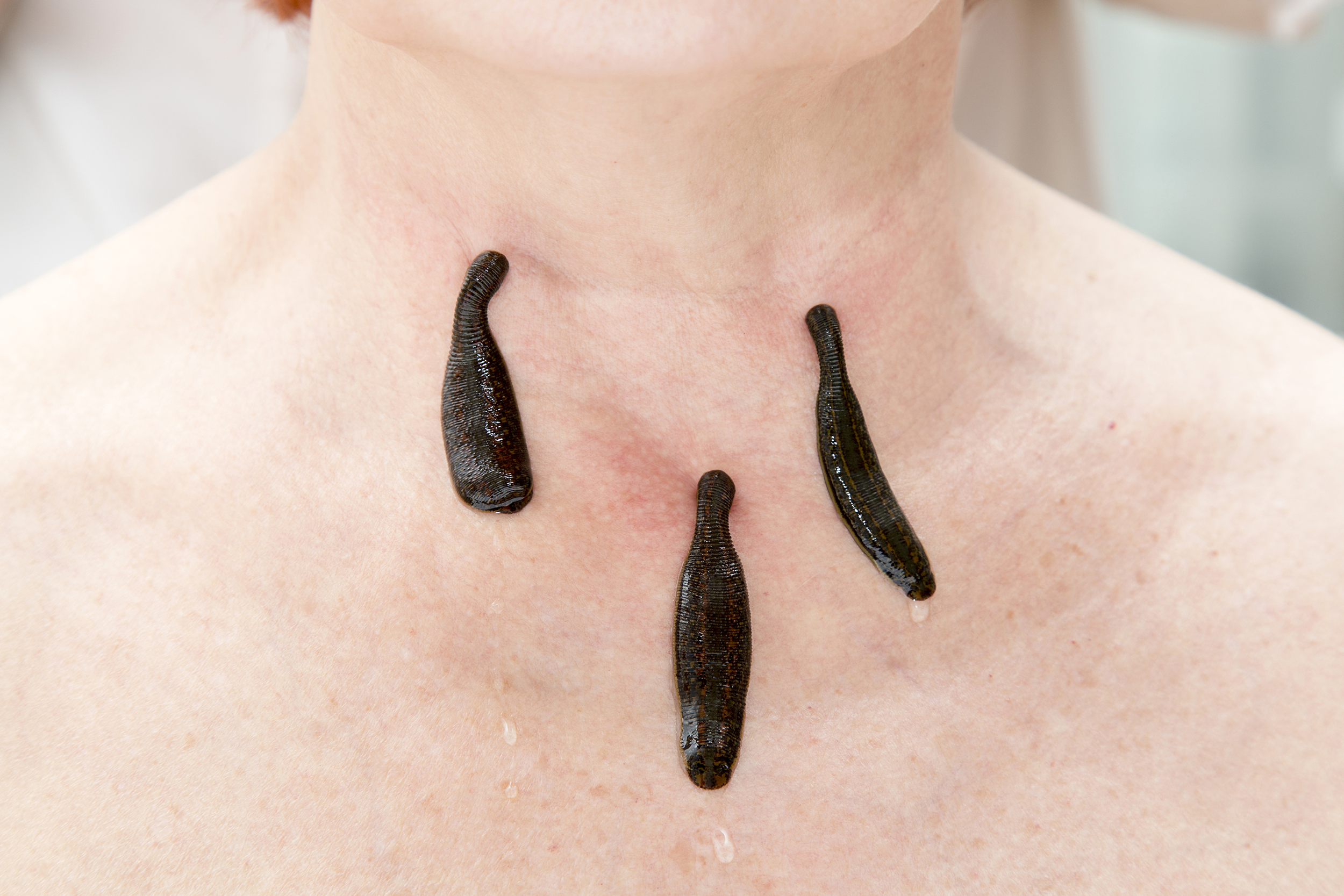
Use: Improving blood circulation
In 2004 the disgusting and lowly leech was elevated to healer status. The bloodsuckers had been used for primitive bloodletting for centuries, but that year, the FDA cleared leeches for commercial prescription medical use. Modern uses of leeches include using them to improve circulation and prevent blood clots during skin grafts and surgeries to reattach body parts, as well as therapy for cardiovascular disease and cancer.
Related: Jobs That Have Disappeared From American Life
Trending on Cheapism
Algae
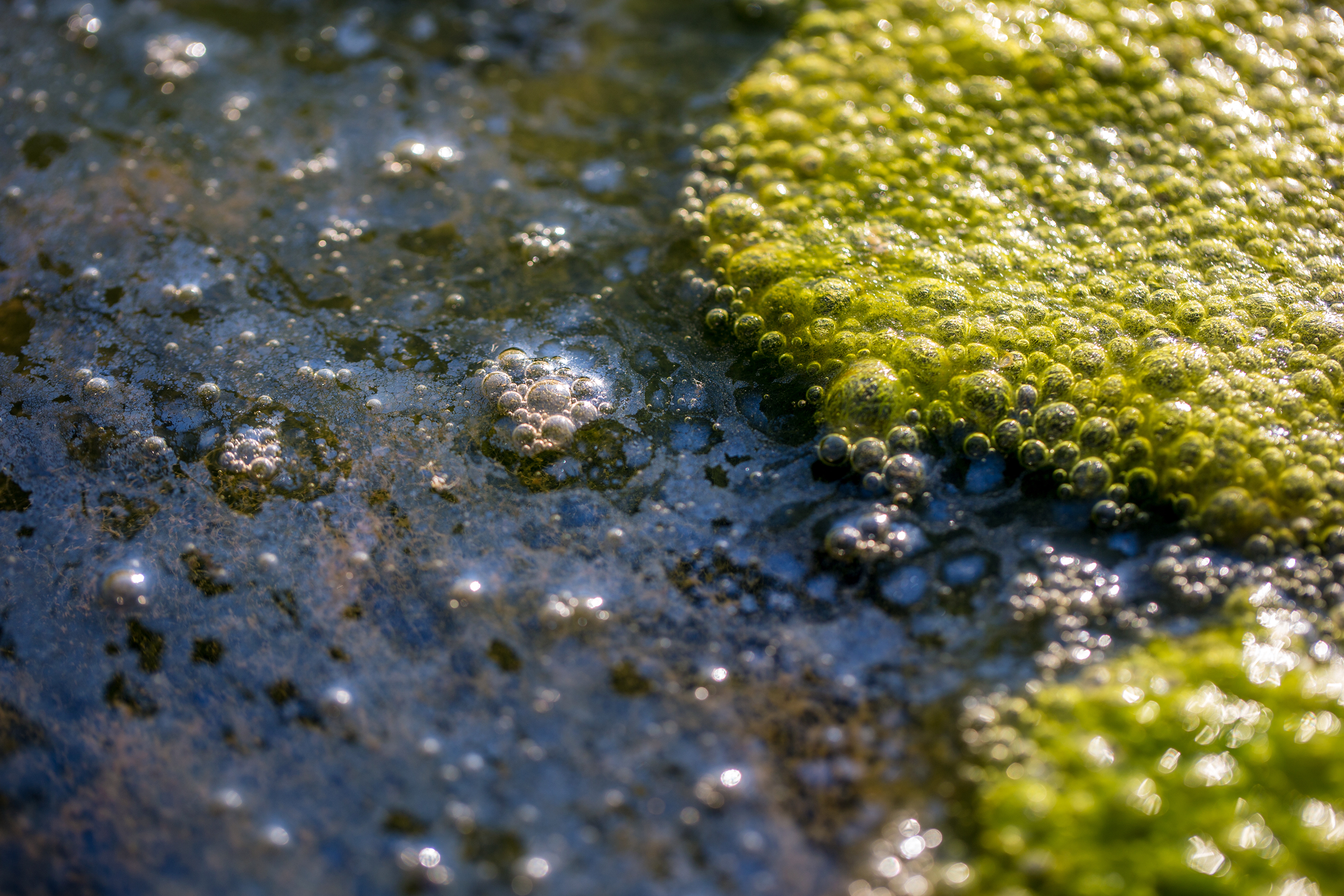
Use: Protein
Legions of vegans, vegetarians, and even omnivores have turned to soy to replace or supplement protein in their diets. Soon, the masses might be turning to algae to replace soy. Brands like AlgaVia are selling algae in powder form that consumers can bake into foods or stir into smoothies. Algae is 50% to 60% protein, and it doesn’t have to be isolated from the plant.
For more offbeat trivia, please sign up for our free newsletters.
Crickets
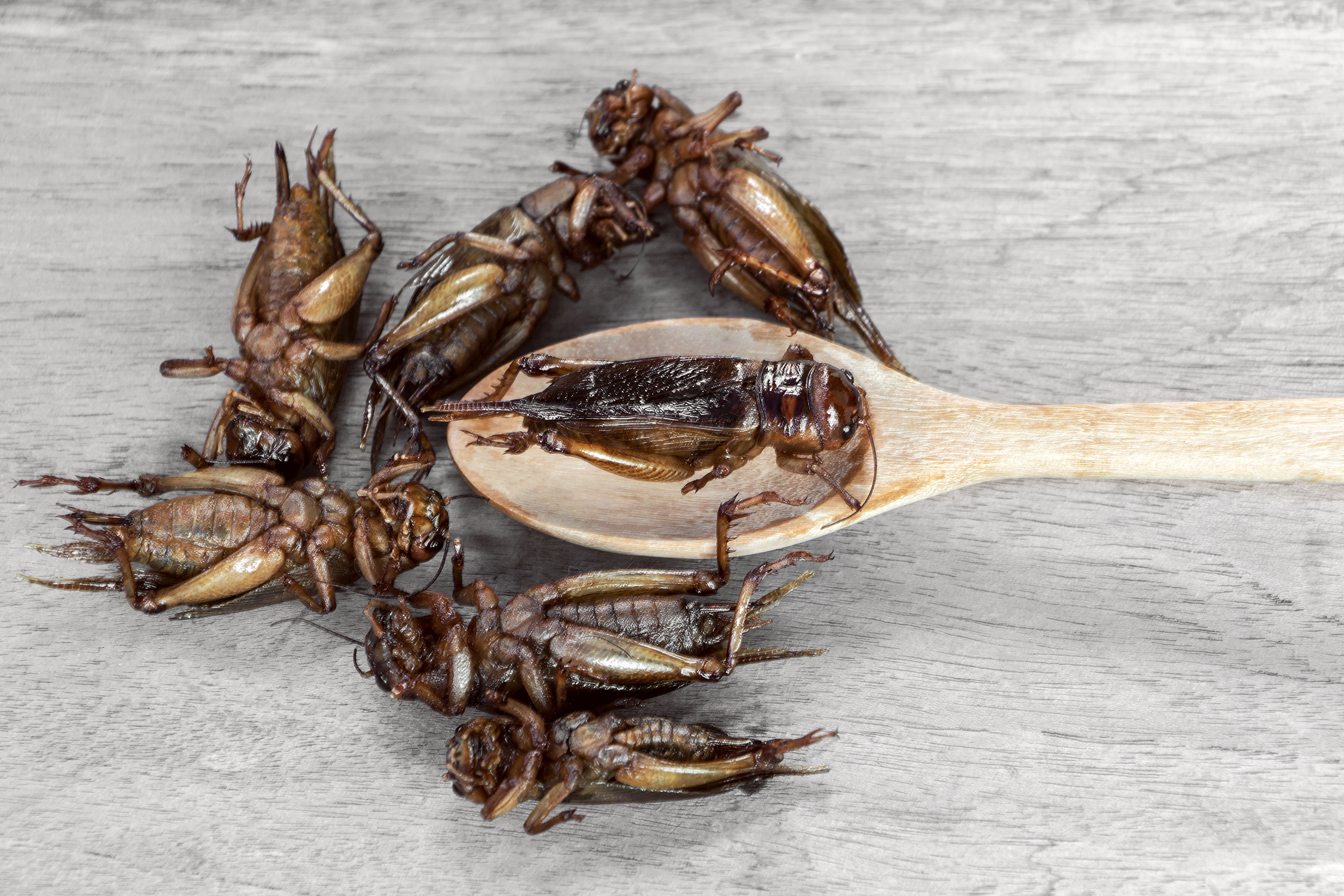
Use: Food source
The solution to the big problem of famine might be small. Easy to raise, cheap to maintain, self-replicating, and packed with protein, crickets could be used to feed the hungry multitudes in times of crisis. They might one day become a delicacy like the vaunted lobster, which was once considered so disgusting that the crustaceans were fed to prisoners in Maine for punishment.
Related: 15 Things You Didn’t Know About Cicadas
Human Hair
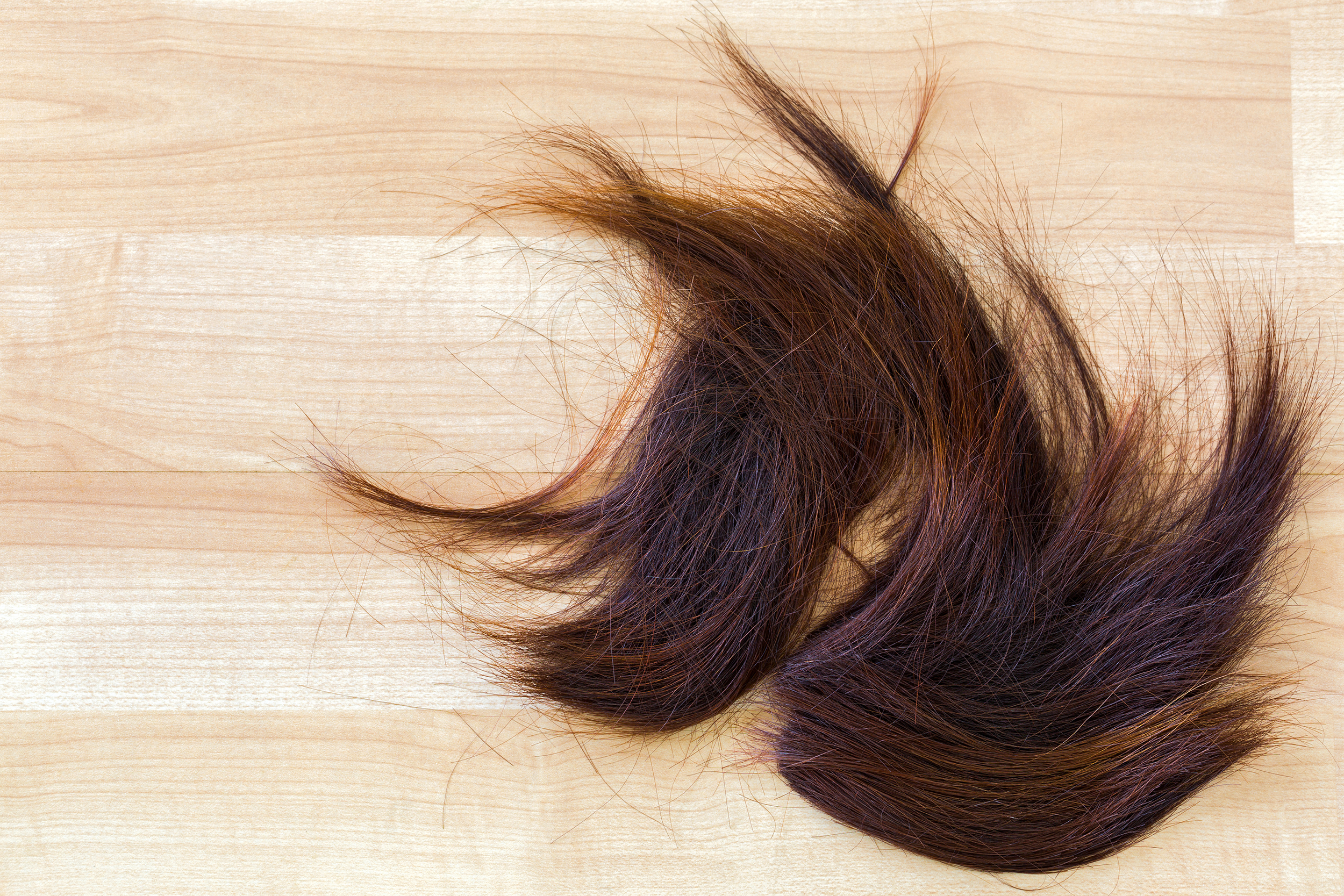
Use: Cleaning up oil spills and softening bread
One good thing to come out of the Exxon Valdez catastrophe in 1989 was that a stylist thought of a way to repurpose all that hair that gets swept up from the barber shop floor. Hair attracts oil, whether on your skin or in the ocean. Unlike spongy material that expands when it soaks up oil, hair attracts oil only to its surface. Stuff a bunch of human hair into regular old stockings and you’ve got an incredibly cheap and effective, albeit gross, oil-boom system.
L-cysteine, an amino acid synthesized from human hair (or, less frequently, duck feathers or pig bristles), is used to keep bread softer for longer periods of time. Unless you only buy small-batch bread from local bakeries, you’ve almost certainly eaten it.
Related: The Biggest Hair Myths You Should Get Out of Your Head
Sign up for our newsletter
Human Feces
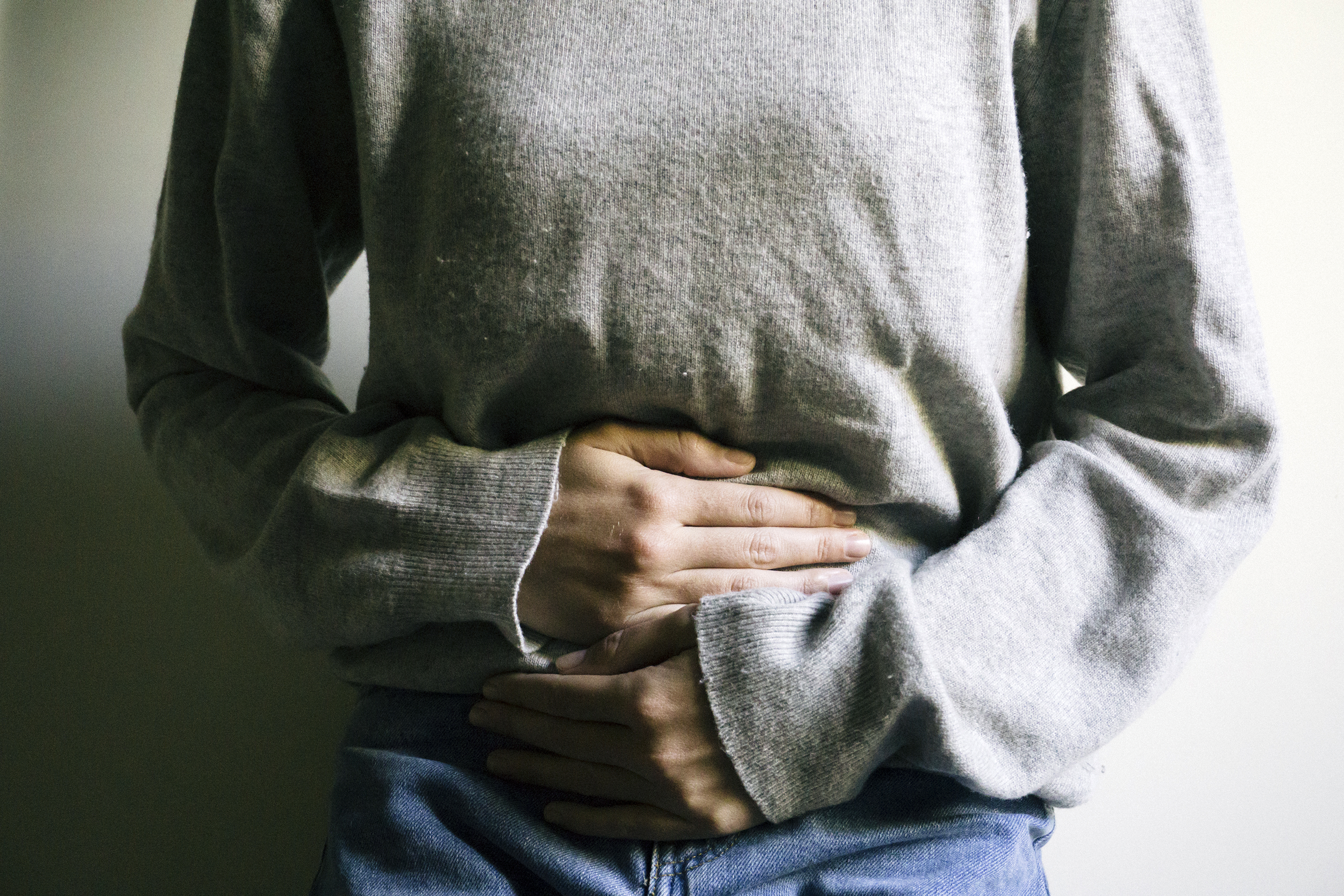
Use: Transplants for intestinal health
If you’re not feeling so well, consider asking your doctor about fecal microbiota transplantation. That’s when medical professionals take fecal matter from a healthy person and transplant it into the gastrointestinal tract of people who suffer from GI disorders. Stool, it turns out, is a universe of living cultures — good ones in healthy people, bad ones in the sick — and a transplant can introduce healthy microbes into the guts of people who lack them.
Bacteria Colonies
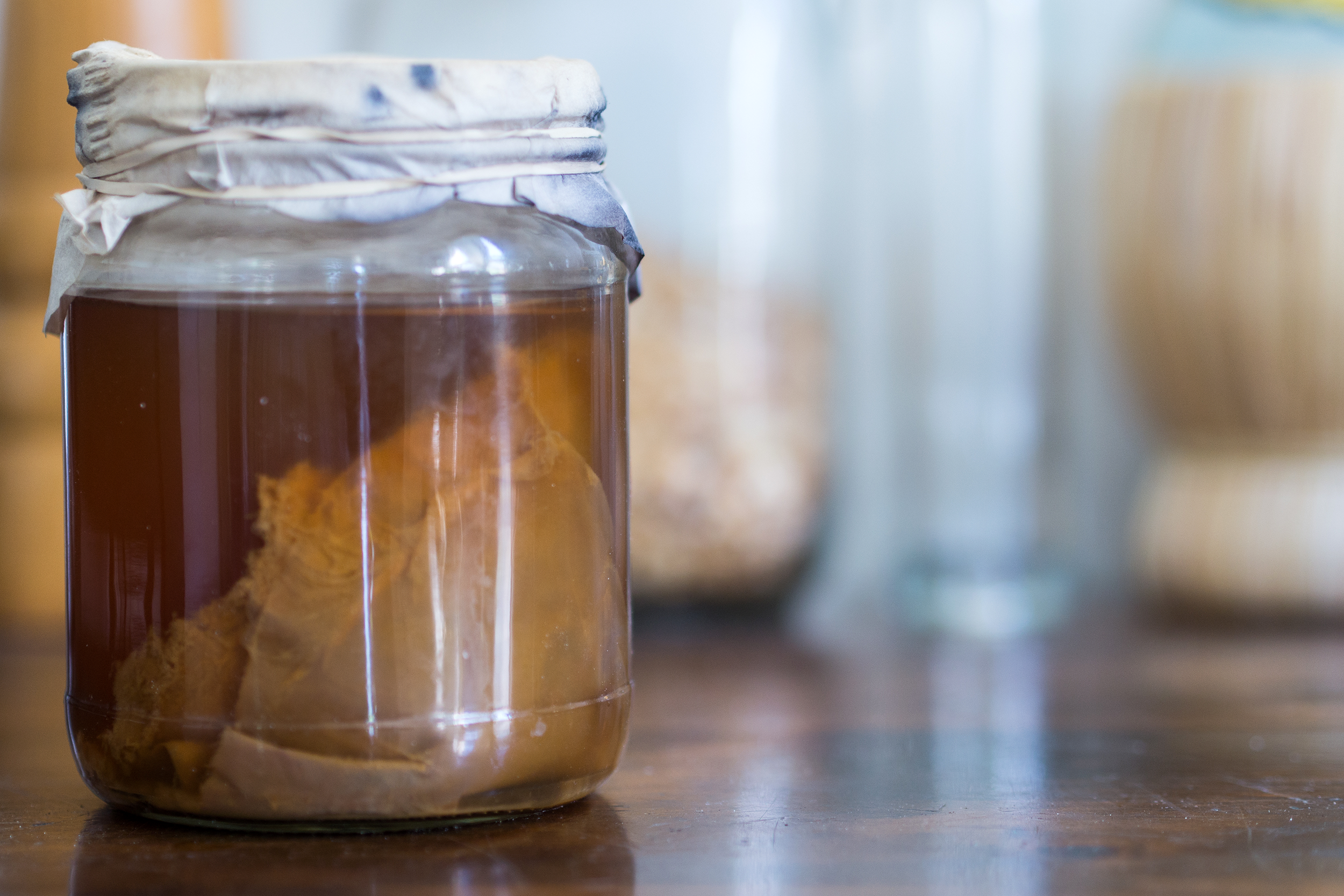
Use: Kombucha
One of five ingredients needed to make kombucha tea, SCOBYs are often mistaken for mushrooms, but they’re actually not fungi. They’re exactly what the acronym’s full name says they are: symbiotic colony of bacteria and yeast. The gelatinous, leathery blobs are known as the mother culture, and they’re packed with healthy probiotics.
Related: 20 Foods Americans Eat Now That They Never Heard of 20 Years Ago
Dead Diseases
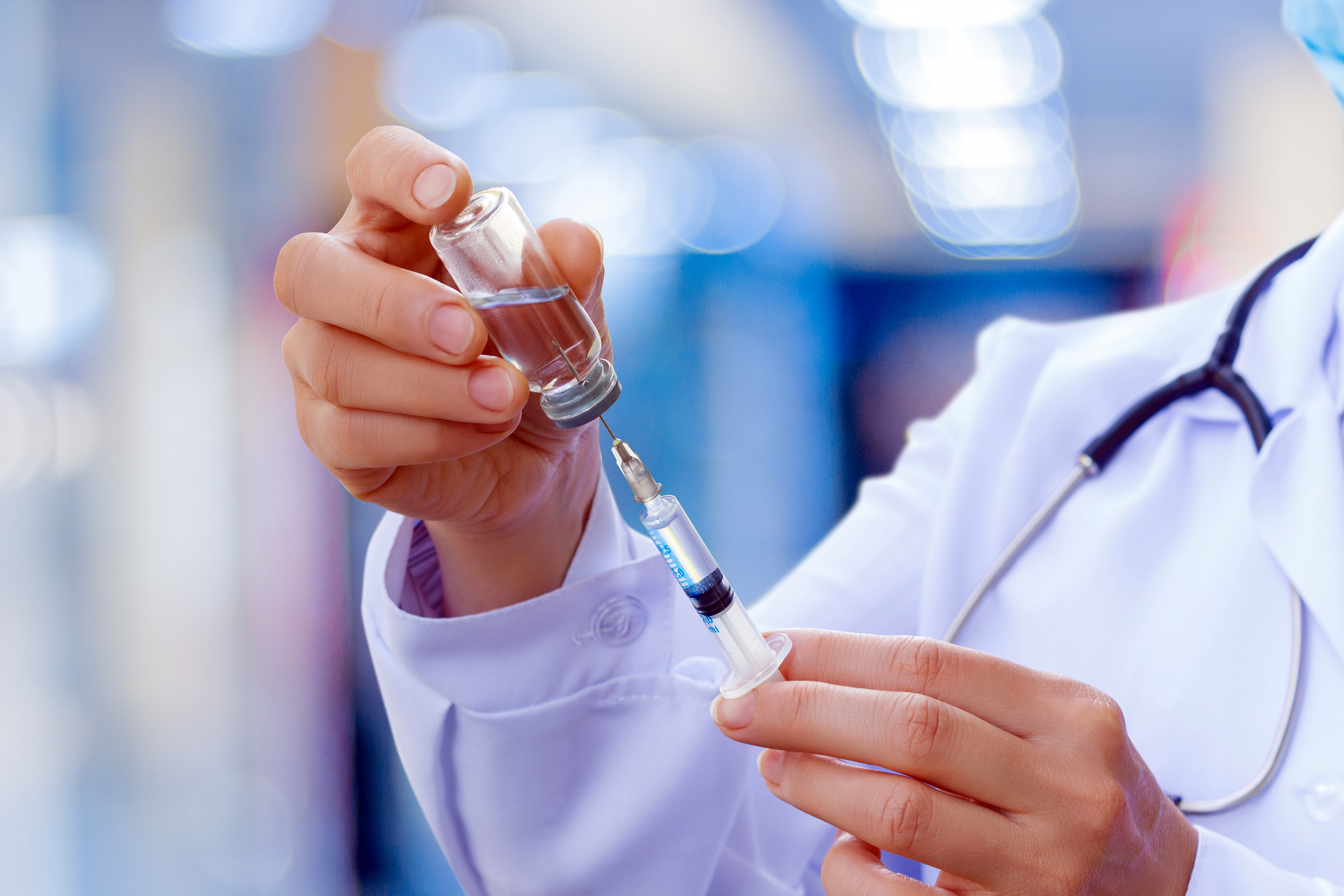
Use: Preventing real diseases
The history of medicine can be loosely divided into the time before modern vaccines and the time after. Vaccines are dead diseases, and they’re the reason you don’t have mumps or polio. By injecting them into your body, you marshal your immune system to battle the real thing should you ever encounter it.
Related: You Won’t Believe These Weird COVID Vaccine Incentives
Sheep Oil
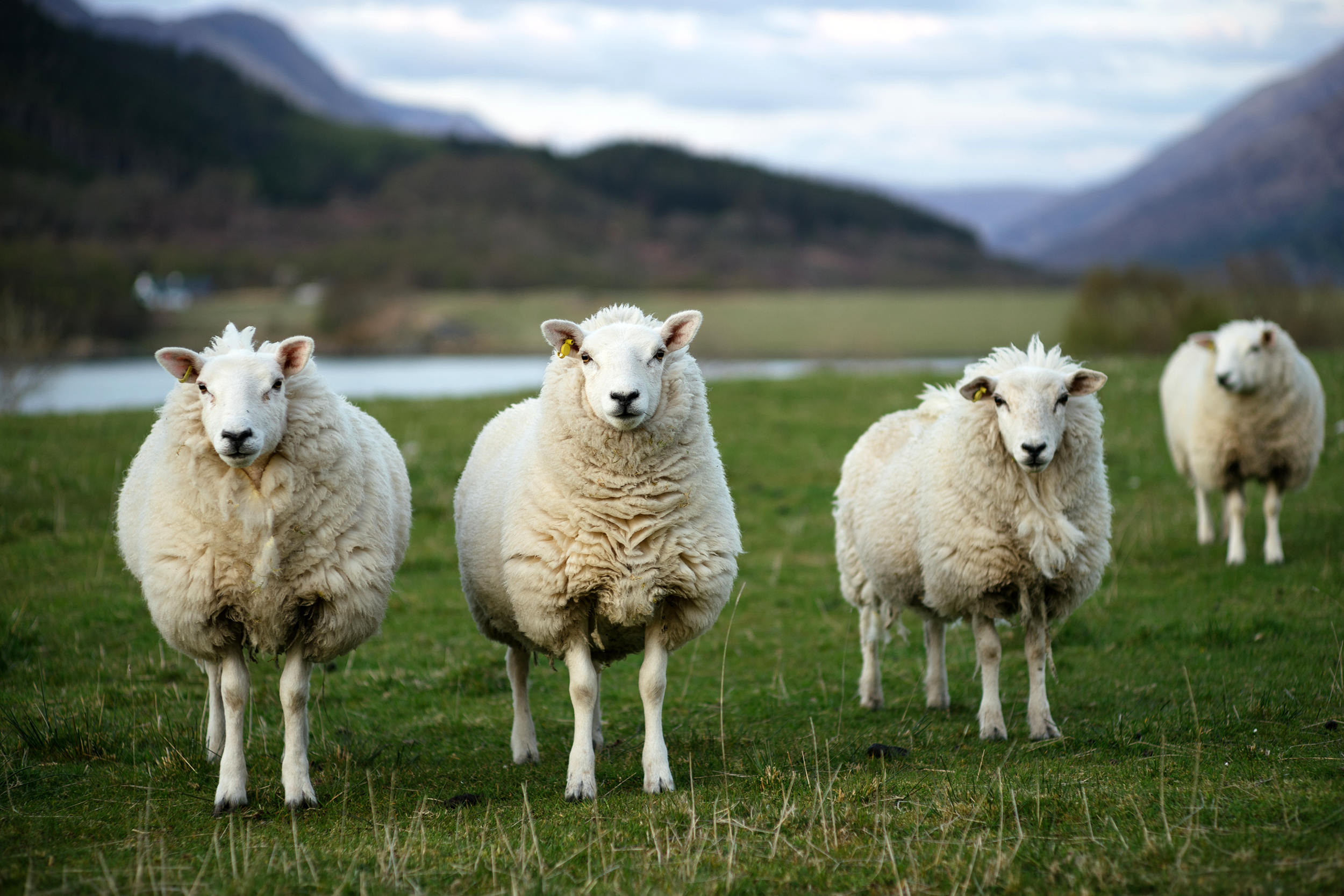
Use: Softer gum
Lanolin is an FDA-approved goop that’s considered a “natural” ingredient and widely used in the cosmetic industry and also to soften chewing gum. It’s made from the oil naturally secreted by wool-bearing animals such as sheep.
Related: 18 Things You Didn’t Know About Chewing Gum
Toilet Bowl Cleaner
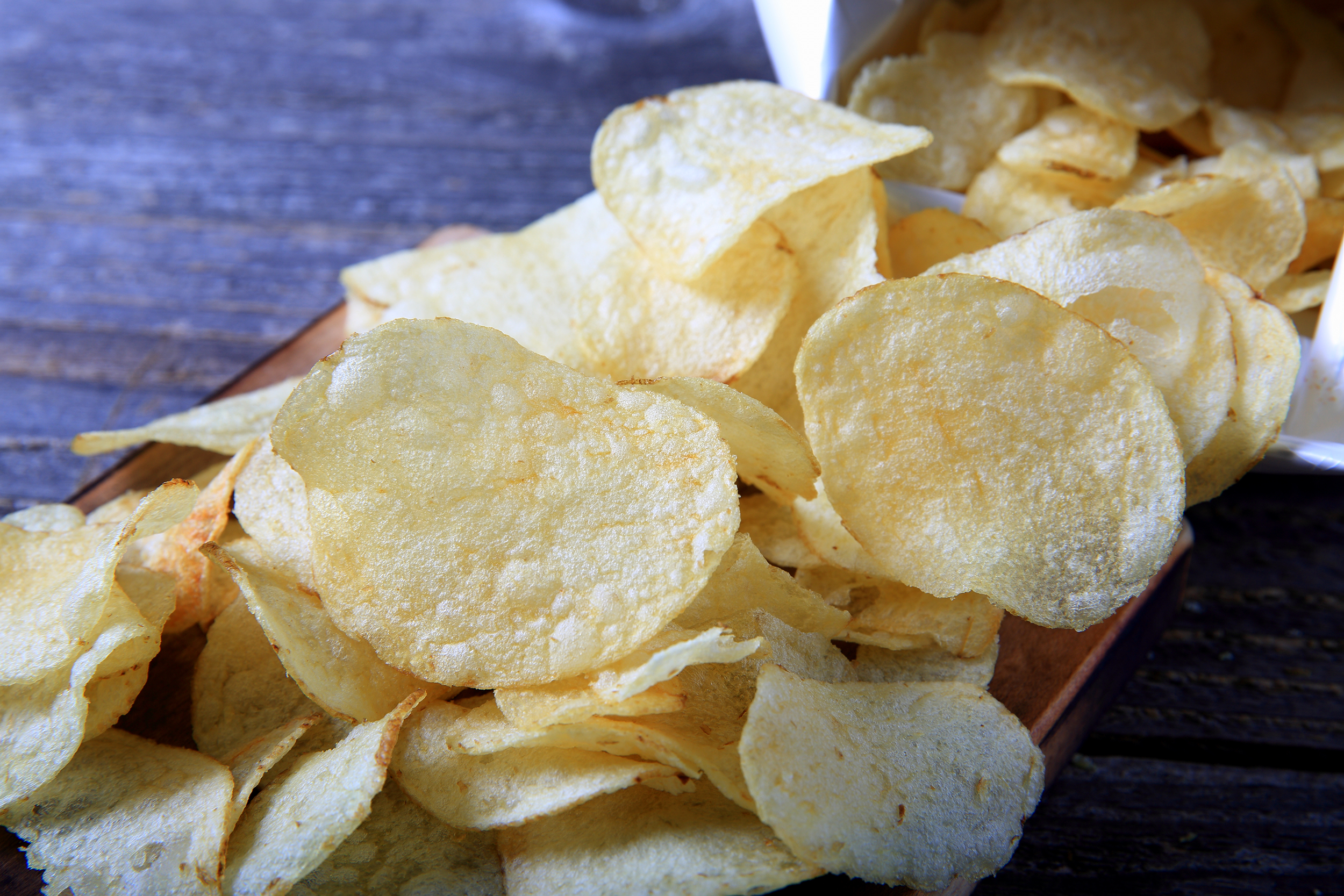
Use: Potato chips
Sodium bisulfite is the main ingredient in toilet bowl cleaner, but it’s not just used to bleach the porcelain throne. It’s also used to bleach potato chips. Sodium bisulfite is a toxic chemical that’s used to give chips a uniform color while reducing bacterial growth. Don’t worry, the FDA says the amounts used are perfectly safe.
Related: The 20 Least Unhealthy Junk Foods
Beaver Butt Secretions
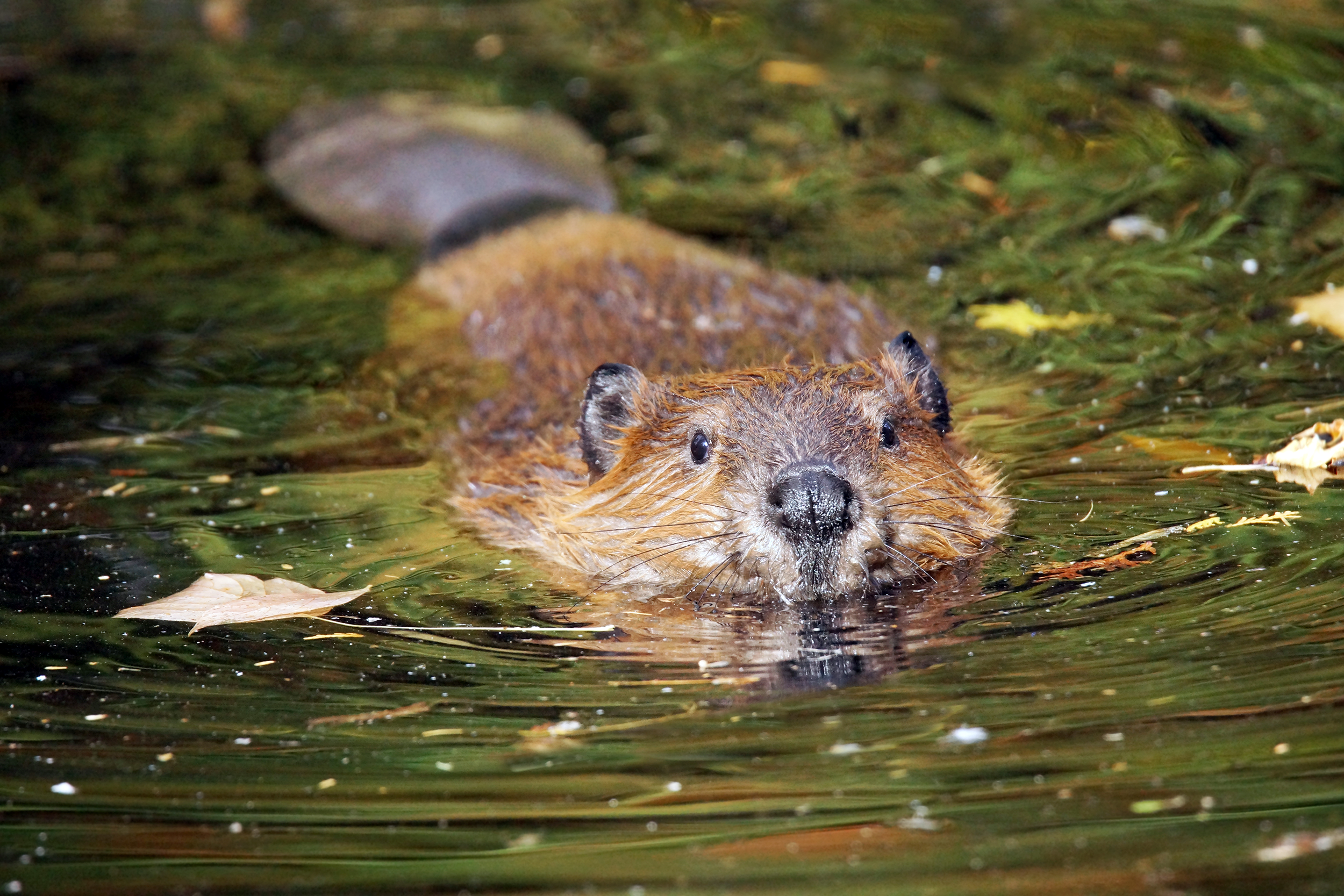
Use: Flavor
The chemical compound that beavers secrete out of their butts to mark their territory smells like vanilla. It’s a brown slime that they expel from their castor sacs called castoreum, and it’s been used extensively in food and cosmetics for around 80 years. The FDA regards it as safe, and since it can be listed among “other natural ingredients,” don’t worry, you won’t have any idea when you’re eating it or rubbing it on your skin.
Related: Beaver Glands, Beetles, and Other Surprising Ingredients in Your Favorite Foods
Fish Bladder
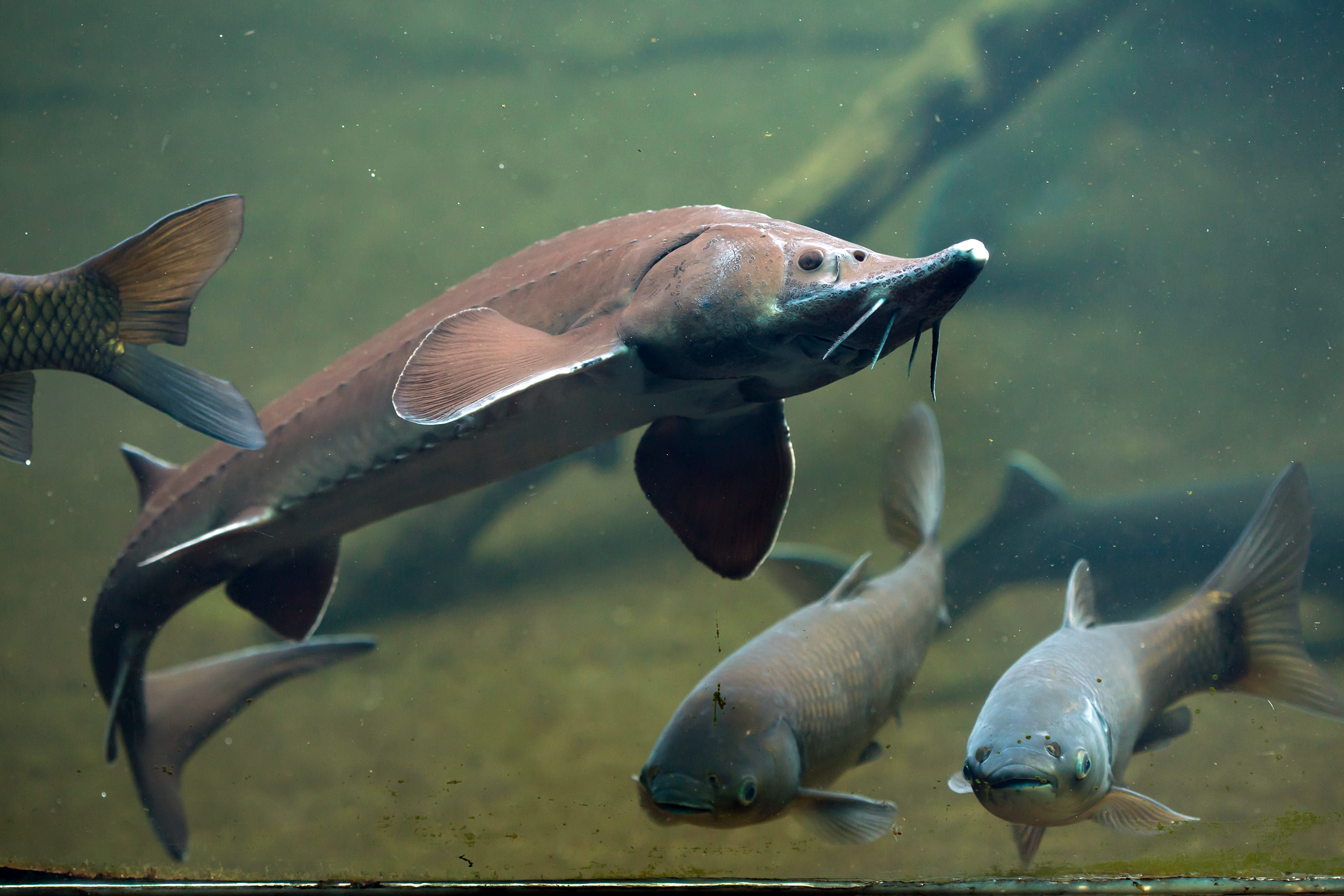
Use: Clear beer
Most beer naturally takes a long time to “clear,” or for the particulate matter to settle to the point where it’s not hazy. Add isinglass, the swim bladder of fish such as sturgeon, and the problem is solved. Many breweries in the U.K. do this, much to the chagrin of vegetarians who didn’t know they were drinking animal organs every time they cozied up with a pint.
Animal Skins
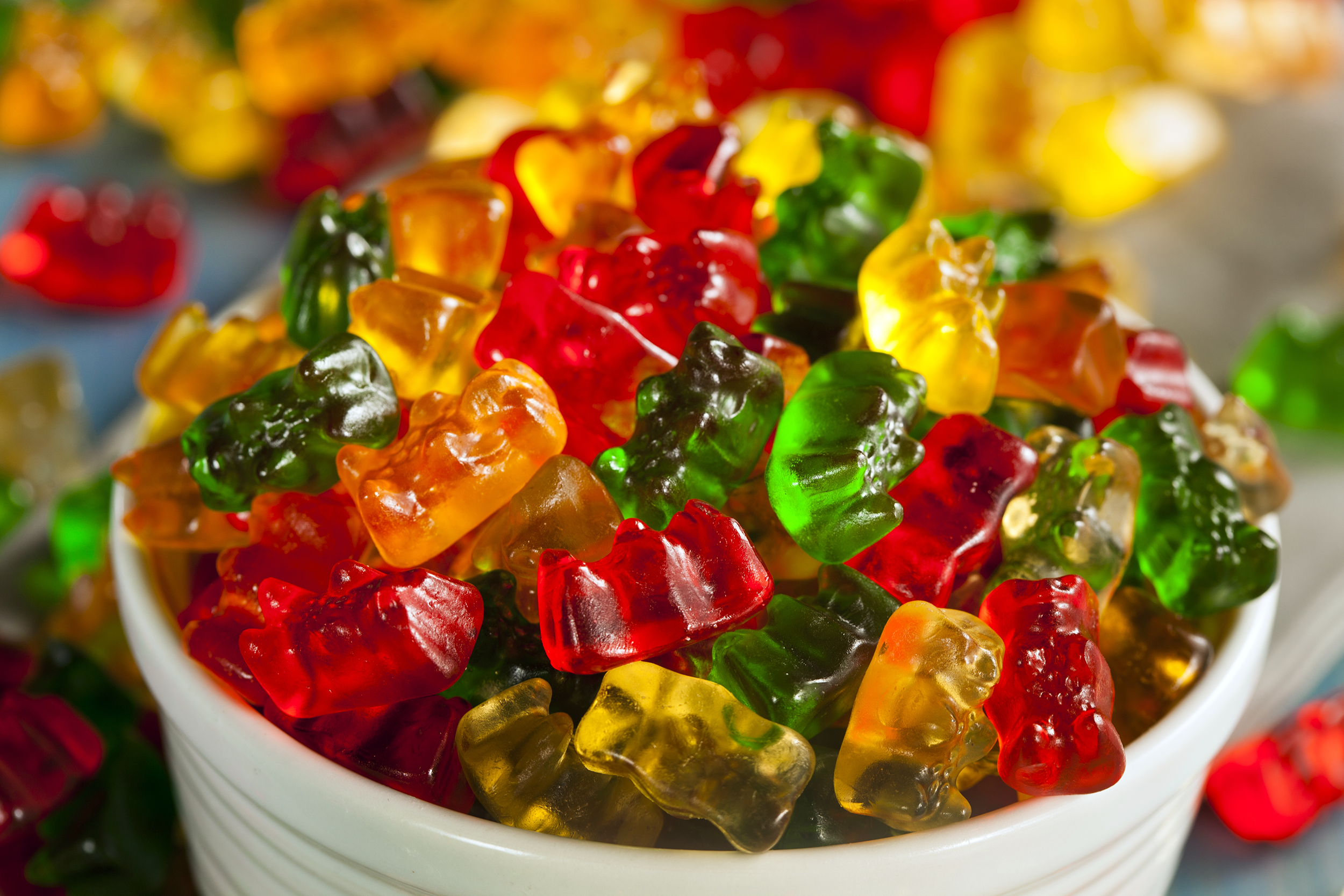
Use: Gummy bears
Gelatin is the substance that gives products such as Jell-O and gummy bears their gumminess. It’s yellowish in color, has no smell and virtually no taste, so it’s neutral but it adds elasticity and binding properties to certain foods. It’s made by boiling animal byproducts that aren’t fit for consumption, such as skin, horns, tendons, and cartilage — basically, whatever is swept off the slaughterhouse floor at the end of the day.
Related: The 14 Worst Candies for Your Teeth
Manure
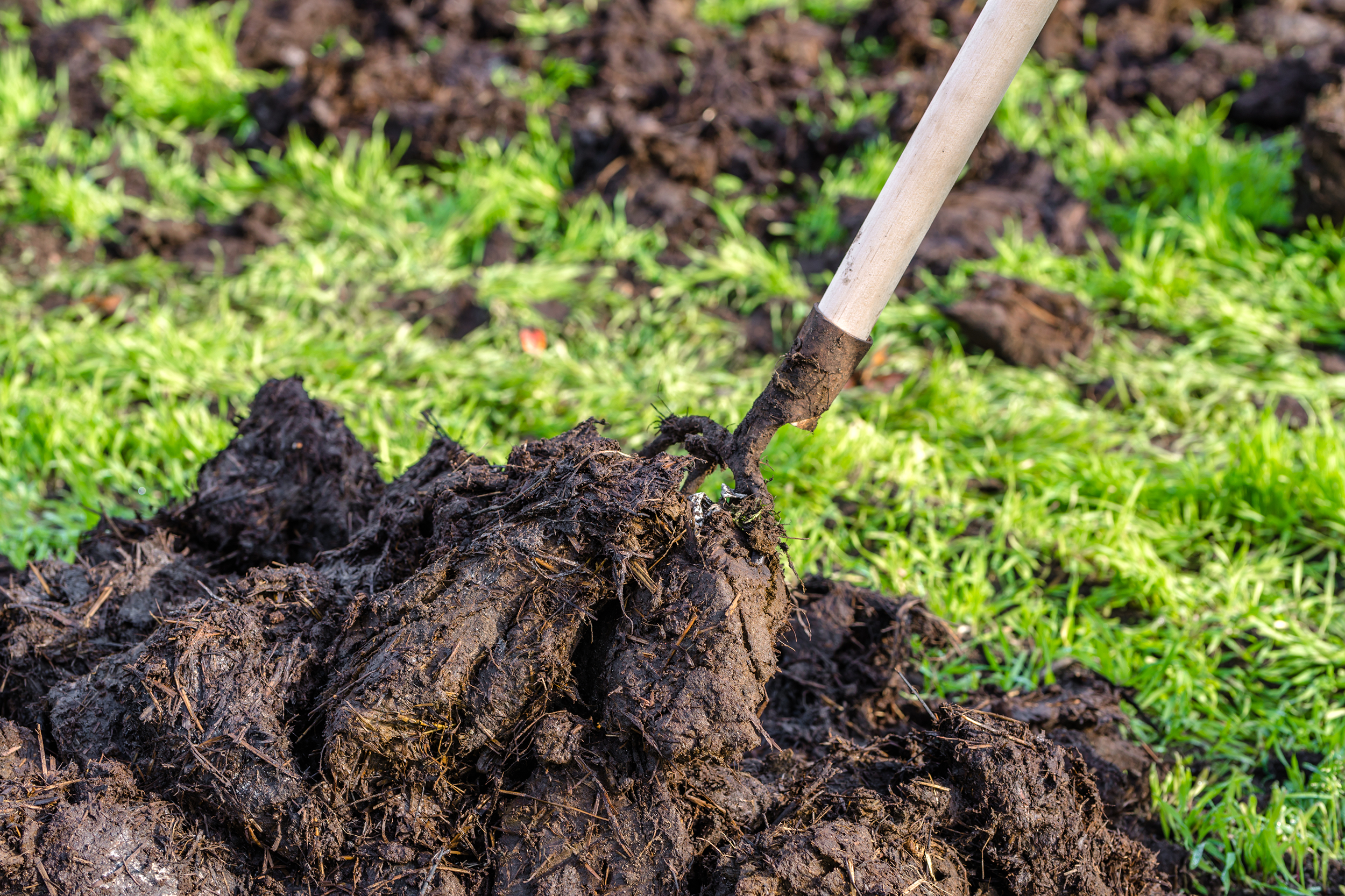
Use: Fertilizer
Long before Miracle-Gro and Scotts, there was cow poop. And chicken poop. And sheep poop. Farmers have used manure as fertilizer for millennia, and the gross but natural method has some distinct benefits over the synthetic stuff. Not only does manure provide nutrients for plants, but the organic carbon compounds build soil, which synthetic fertilizer does not.
Related: 22 Tips to Keep Gardening Dirt Cheap
Worms
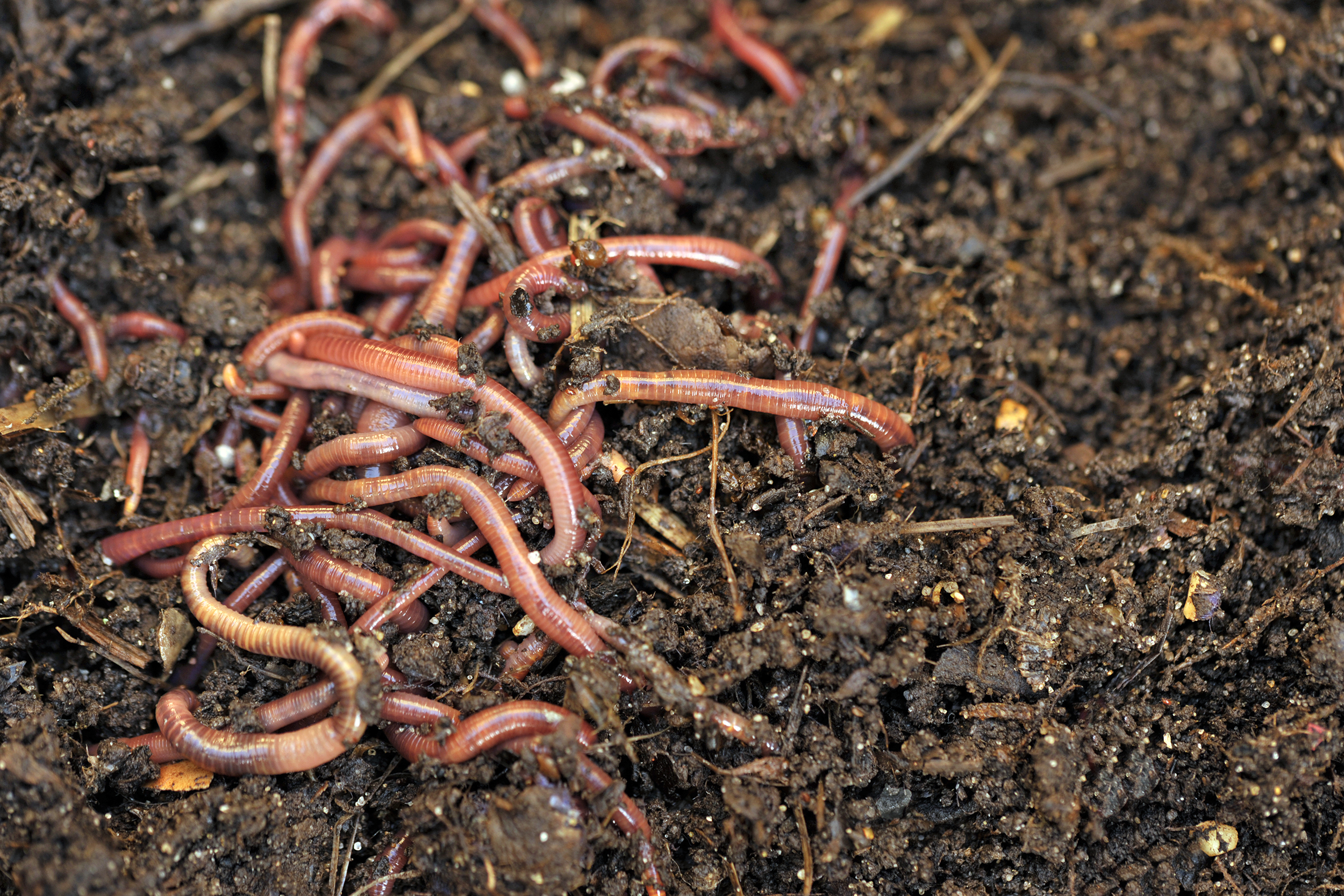
Use: Eliminating waste
Worms are the classic creepy-crawlies, but they’re also nature’s top composters. An easy-to-make worm bin becomes a garbage disposal and a composter in one. If you’ve got fruit and veggie scraps or any plant-based waste (although worms like eggshells, too), toss them in your worm bin, wait a while, and it will soon be dark black, nutrient-rich compost. Since it’s made by worms, it’s called vermicompost, and it’s a true miracle of nature.
Related: 12 Best Compost Bins for Turning Trash Into Free Fertilizer
Possums

Use: Tick control
Even though possums can be pretty adorable and are nonviolent (unlike the strangely beloved but highly destructive raccoon), their habit of drooling, hissing, or playing dead when threatened by predators has given them a bad reputation. Even if these slow-moving critters (the only marsupials native to North America) freak out humans by playing possum, homeowners would be wise to invite some into their yards. Possums are tick-destroying machines and gobble up the nasty, biting insects like candy. They also eat snakes, insects, and slugs.
Related: The Best Ways to Fight Fleas
